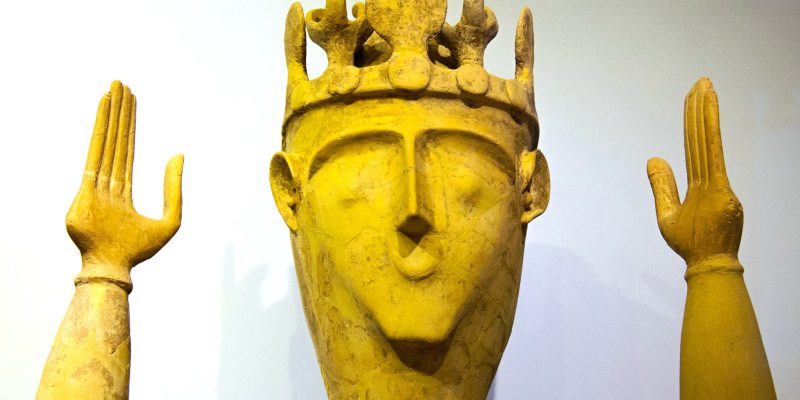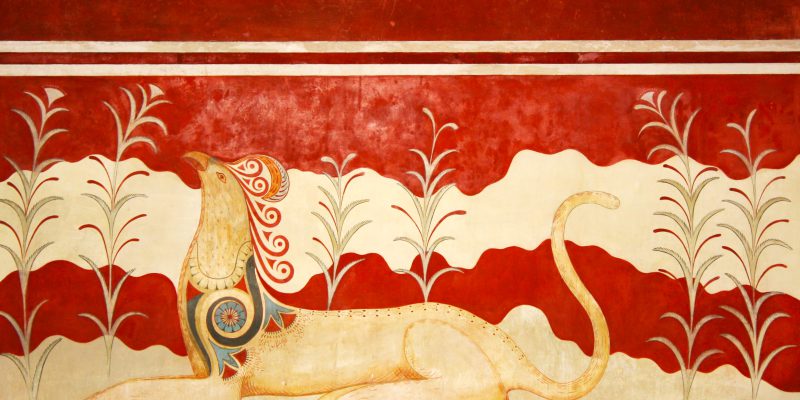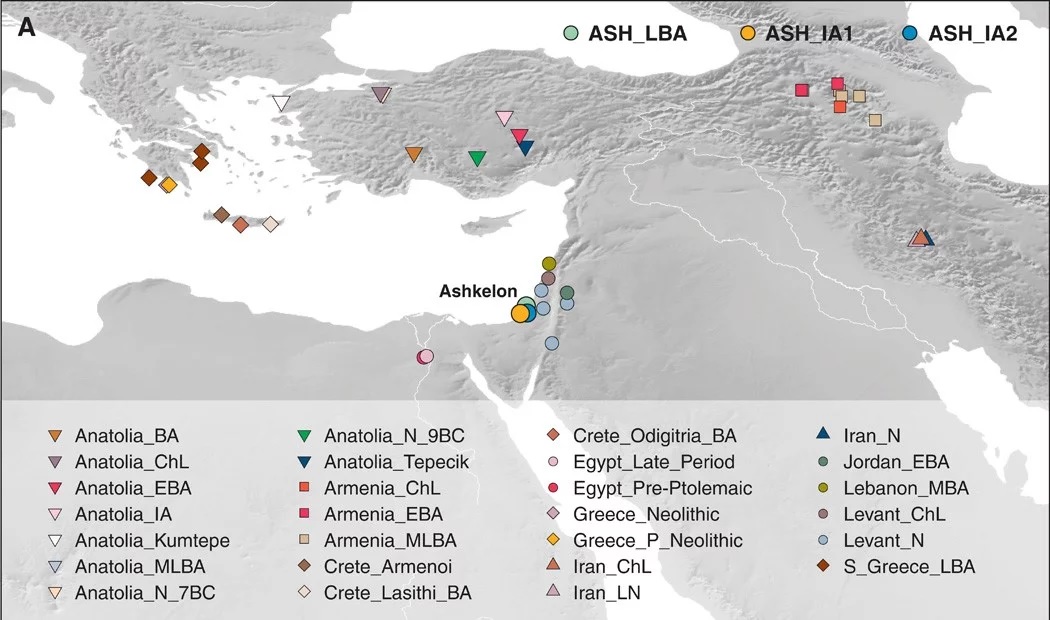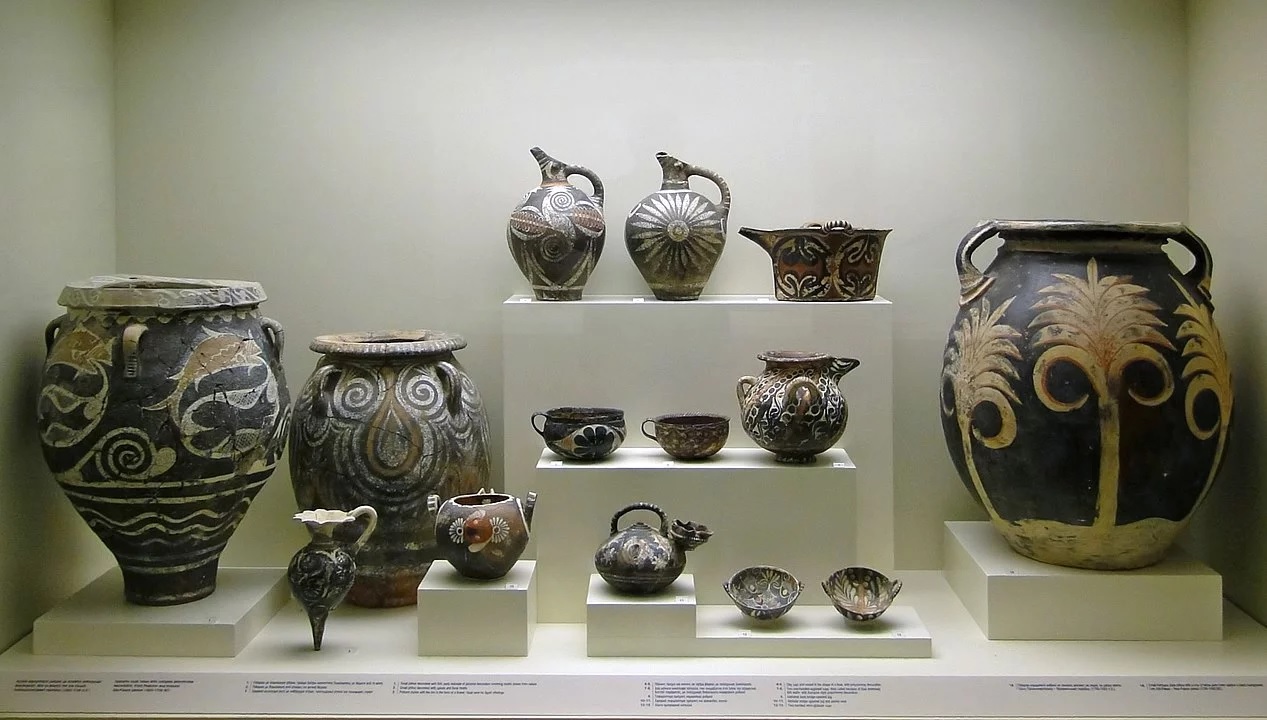A famous passage from Homer’s Odyssey speaks of the Greek hero Odysseus on his return home to Ithaca. In the verse, Odysseus pretends he’s the grandson of King Minos of Crete. The hero of the Trojan War tells his wife, Penelope, of the marvellous island as if it were his true homeland before revealing he is her husband. The King of Ithaca speaks of Crete long after the fall of the mysterious Minoan (Keftiu) Civilization. Odysseus’ account goes something like this:
There is a land called Crete in the midst of the wine-dark sea, a beautiful and fertile land, seagirt; in it are many people, innumerable, and there are ninety cities. Language with language is mingled together. There are Akhaians, there are great-hearted Eteocretans, there are Kydones, and Dorians in their three clans, and noble Pelasgians.
According to Homer, Crete supposedly had 90 thriving cities during this age. Today, revered archaeologists say hundreds of religious temples, cities, and other large Keftiu sites may still be buried. A few examples of thriving Keftiu cities as yet uncovered include Albe on Heraklion Prefecture’s South coast, the lost Asterousia, Einatos, where the seaside town of Tsoutsouras now stands, the port city of Dia, Dragmos in the island’s Far East, and many more. (Antonis Vasilakis)
So far, however, we only have fragments that attest to the greatness of the Keftiu civilization. However, Homer’s mention of the Eteocretans of ancient Crete may be helpful for unravelling the secrets of the mythical thalassocracy the ancient Egyptians considered the gateway to the unknown. So, our quest to understand the human journey begs us to take a fresh look at the ancestors of the Cretan character and the guardians of legendary Cretan treasures.
Uncovering Keftiu Grandeur
Few researchers go to the trouble of understanding the timeline of the Odyssey. You see, after his escape from the nymph Calypso on Gavdos Island (ancient Ogygia), Odysseus stayed for a time with the Cretans. At length, the Cretans delivered him home to Ithaca. However, long before Odysseus built the Trojan Horse, the puzzling Keftiu had long since passed into history.
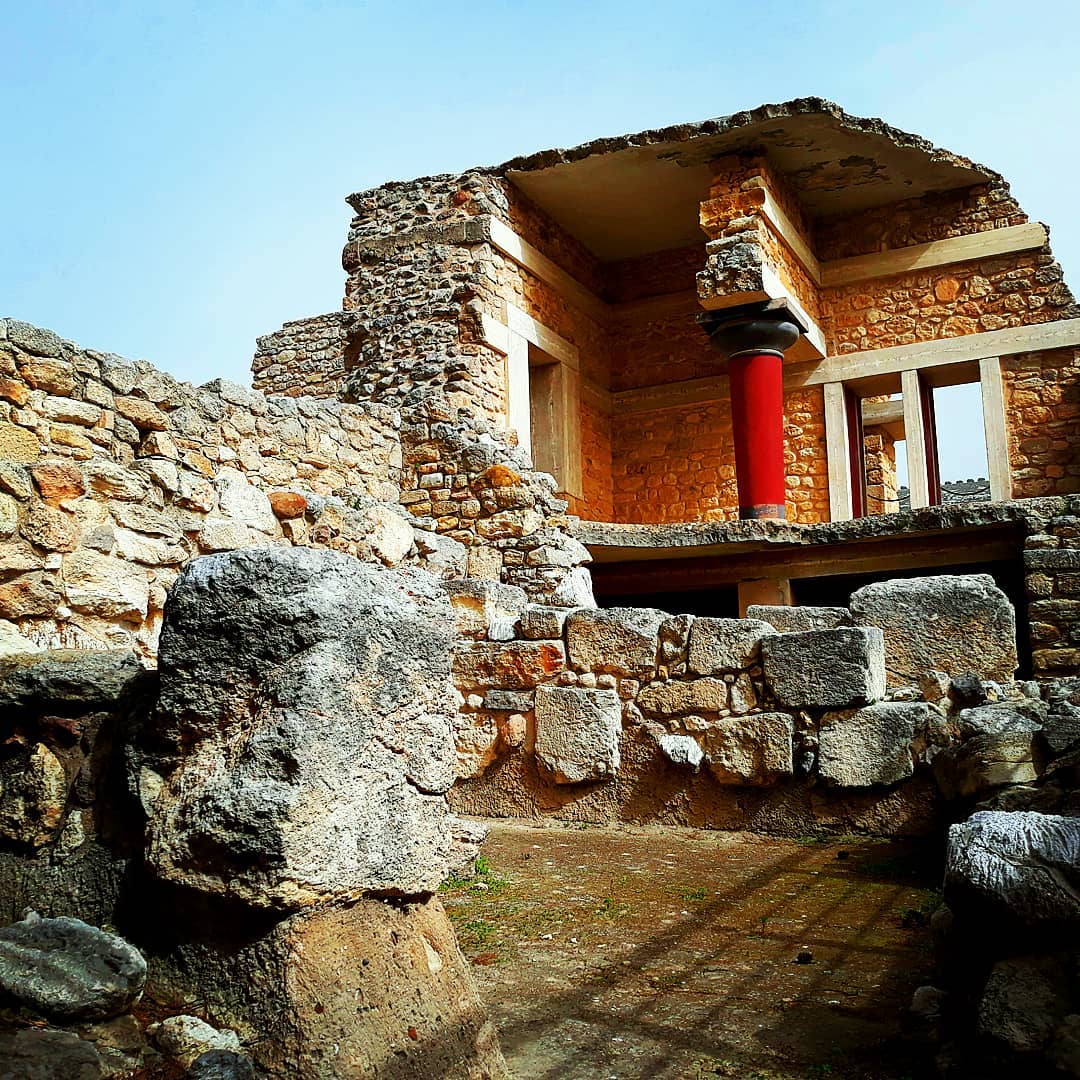
So, the Crete Odysseus described to Penelope was only a mirror reflection of the Utopian paradise where the original Cretans prospered. Artefacts at the Heraklion Archaeological Museum offer us glimpses of their magnificent society. And the majestic ruins of sites like Knossos, Phaestos, Malia, Zakros, Galatas, and many others only hint at Keftiu’s greatness. More could be gleaned if the unique language of the Keftiu could be deciphered. And the unsolved aspects of the so-called Eteocretan language may hold priceless clues for that decipherment. Linear A, the cryptic language of the people of early Bronze Age Crete, and the impressions on the famous Phaistos Disc have yet to be deciphered. However, the secret of who the Keftiu really were may yet be unravelled from the Eteókrētes (true Cretans) in existing examples of the Eteocretan language found in Eastern Crete. Ancient scripts from far back in the 7th Century BC offer a separate avenue of linguistic study. The Belgian Hellenist Yves Duhoux, a leading authority on Eteocretan, offered this:
“It is essential to rigorously separate the study of Eteocretan from that of the ‘hieroglyphics’ and Linear A inscriptions.”
Fragments of this ancient Cretan language were excavated from various sites on the island. Some of these were accompanied by ancient Greek corroborative scripts found at the ancient town of Praesos. It is thought that a new capital was raised here after Knossos had fallen sometime around 1200 BC.
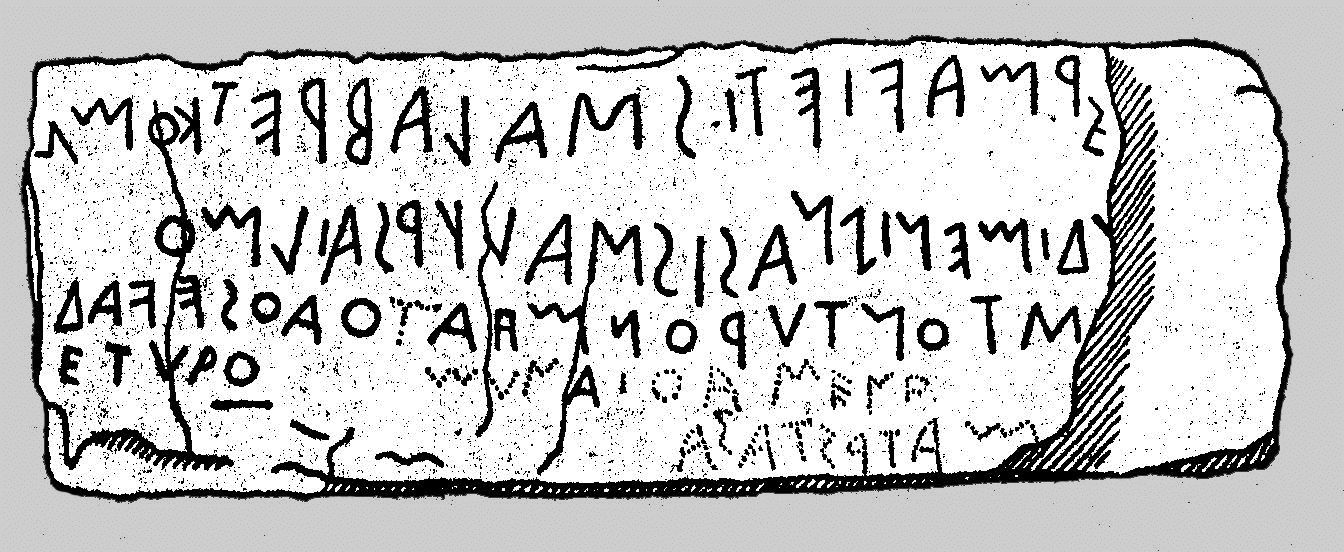
Other fragments of the language, like the one represented above, were found at Dreros and installed in a museum at Neopolis (see Dreros #1). Unfortunately, these Geek texts disappeared after the Nazis invaded and took control of Crete. Also, the migration of the Eteocretans away from the shores of Crete and other Keftiu islands was documented elsewhere. For instance, in the tomb of Egyptian Pharoah Rameses III, it was written:
“The Isles were restless: disturbed among themselves at one and the same time.”
The Dreros fragments were published by the legendary French Hellenist Henri van Effenterre. His wife was instrumental in piecing together what we know of the great Palace/Temple at Malia.
Links to Our Heritage
Few complete words of this mysterious language have come to light. However, we do know the inscriptions show a language that bears no obvious kinship to Indo-European or Semitic languages. The Minoans spoke and wrote in a language totally unrelated to Etruscan or any other known ancient language of the Aegean or Asia Minor.
During the years of World War II (1941-1945), the Austrian-Nazi archaeologist August Schoergendorfer explored the island extensively. Working under Major General Julius Ringe, the Schoergendorfer undertook illegal excavations at various sites. Recent work by Dr. Georgia Flouda of the British School at Athens reveals much of the Nazi interest in the Minoans. For some experts, these discoveries show that Hitler’s archaeologists were probably searching for more than precious statues and seal stones. And as current experts on the subject contend, much of the mystical past the Nazis seemed to be hunting for still lies hidden beneath the fertile soil of this island.
It seems feasible that the Nazis spirited away much more valuable icons and with them the linages to human heritage. This report from 2002 by Megan Young discusses how the Nazis were on the hunt for anything that could help or support ideologies. It also tells of the Nazi penchant for destroying or hiding any idea or symbol that did not. The Nazis were sceptical that the Keftiu (Minoans to them) were the true forebearers of European civilization. This can be seen from the work of Fritz Schachermeyr, August Schörgendorfer, and the later Viennese professor Ernst Kirsten.
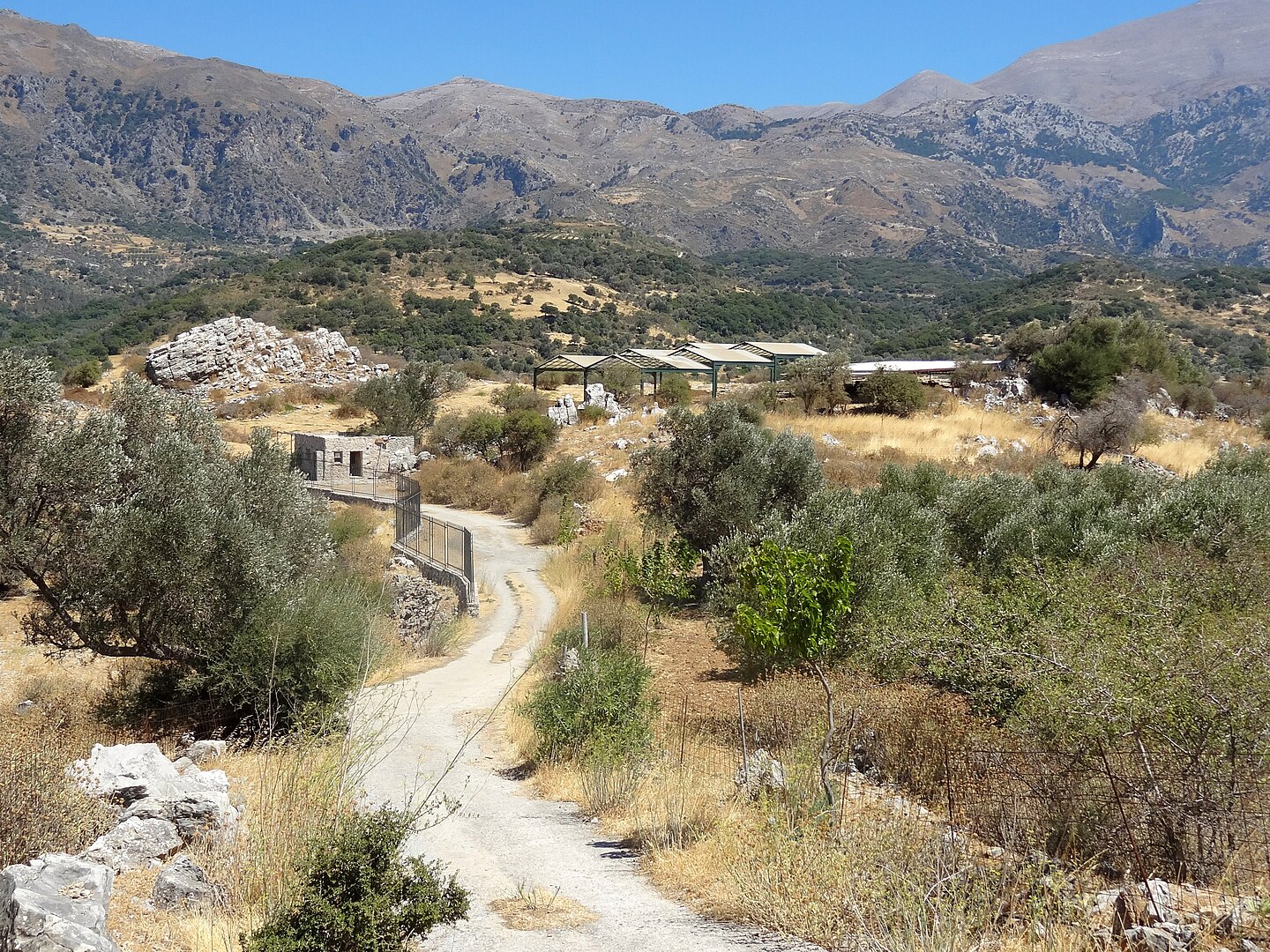
A fascinating and important figure in all this was the man the Nazis called the “Lawrence of Crete.” J.D.S. Pendlebury, who was the chief archaeologist on the island, was certainly the most knowledgeable expert on these subjects. He was executed as a spy by the Germans, and his notes led Nazi archaeologists to places like the Palace at Monastiraki (above), where unusual excavations took place. Furthermore, the fact that Schörgendorfer’s colleague, Dr. Schachermeyr, advocated Nazi scientific racism should also generate new scrutiny. Returning to the discussion of Das Eteokretische – as the Germans call the language of the Eteocretans, I believe understanding the legacy of these people will bring to light many pieces of the Keftiu puzzle.
In his thesis in 1942 while on Crete, the renowned Ernst Kirsten relegated the importance of the Keftiu (Minoans) to be nothing more than a footnote in history. The Austrian archaeologist and geographer presented the role of the Dorians with cultural-historical and racial concepts. More importantly, he did so with the same vigour as the hardcore Nazis attempted to justify their final solution. The Dorians, another group historians squabble over, came to Crete from the Peloponnese like the sons of Hercules. So, these scientists seemed to be trying to hide Crete’s best secrets. I believe a final analysis will show the fascists put a lot more than curiosity behind their investigations into the Keftiu.
The Keftiu Utopia!
Whether or not they were truly blessed by the gods is a subjective matter. The hypothesis these Keftiu were the mysterious Sea People who played havoc on Egypt is also a matter of conjecture. Evidence, such as from the Old Testament in the Bible, suggests the Philistines were these Sea People. A name often associated with these Sea People, the Tjeker, were a tribe theorized to have originated at Zakros in the far East of Crete. These Tjeker may have conquered the city Dor, on the coast of Canaan near modern Haifa. According to these theories, they turned it into a large, well-fortified city which was classified as “Dor XII” (1150 – 1050 BCE).
However, I’ve no doubt the Nazis identified with the barbaric and unbending nature of the Dorians. It seems probable the genetic superiority Hitler’s scientists sought was at the core of their efforts. And if secrets were to be taken, who better to spirit away any evidence that a peaceful civilization had once ruled the Mediterranean than the unhinged fascists?
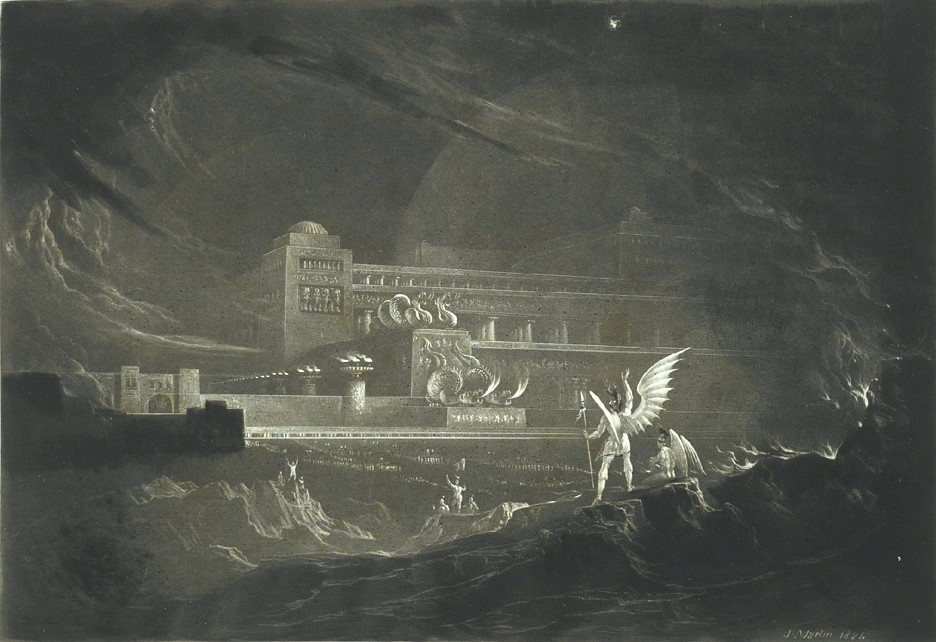
How could the Third Reich (or any subsequent invasion) be condoned if another Utopia ever existed? We find more evidence of Hitler’s interest in Crete with the infamous Thule Society and the origins of the Aryan race. The image above is from a novel experts say was the basis for the occult Thule Society. The Vril Society was the inner circle of Thule occultists before WW2. Kirsten, it seems, had the job of creating a kind of “Greekness” that was more closely akin to Hitler’s view of a master race – than a mystic Utopia where not even a weapon was needed. The most important point of the mystery of the Eteocretans for the Nazis was an unshakable justification for their conquests.
With the Dorians, the old ways of equality disappeared in favour of masculine ideas. , which I’ve no doubt the “Fatherland” far favoured over a goddess-driven peaceful society. Hitler’s scientists came up with strange notions to compensate. The idea the Indogermanic Dorians were the real forebearers of European civilization is but one. Besides stealing cultural reality from the Minoans, Kirsten rewrote the foundations of the Iron Age. , but this is a much larger discussion. Minoan metallurgy was on the verge of ironmaking technology. So, the retreating Eteocretans probably carried iron technology in their exodus into central parts of the island.
“In the southwest part of the island of Crete today lives a Dorian Greek tribe. They are very tall, fair haired and have blue eyes.”
In 1942, the illegal excavations carried out at the Minoan Palace at Monastiraki were under the supervision of Ernst Kirsten. The excavations were not carried out across the whole site but only at a sacred spot in the northwest quadrant of the site outside the village in the Amari Valley of Rethymno Prefecture. As far as I can discover, there is no published record of what the Nazis found at this lesser-known Minoan site.
We know that the Germans used the notes of the famous British archaeologist J.D.S. Pendlebury to isolate something there. Pendlebury was killed for his part in organizing Cretans against the Nazis, so it is unlikely anybody will ever find out the secret of Monastiraki. The point in mentioning this here is to suggest a covering up of the real importance of the Minoans. But, there is also hope in the reality that there is so much more to discover here in Crete.
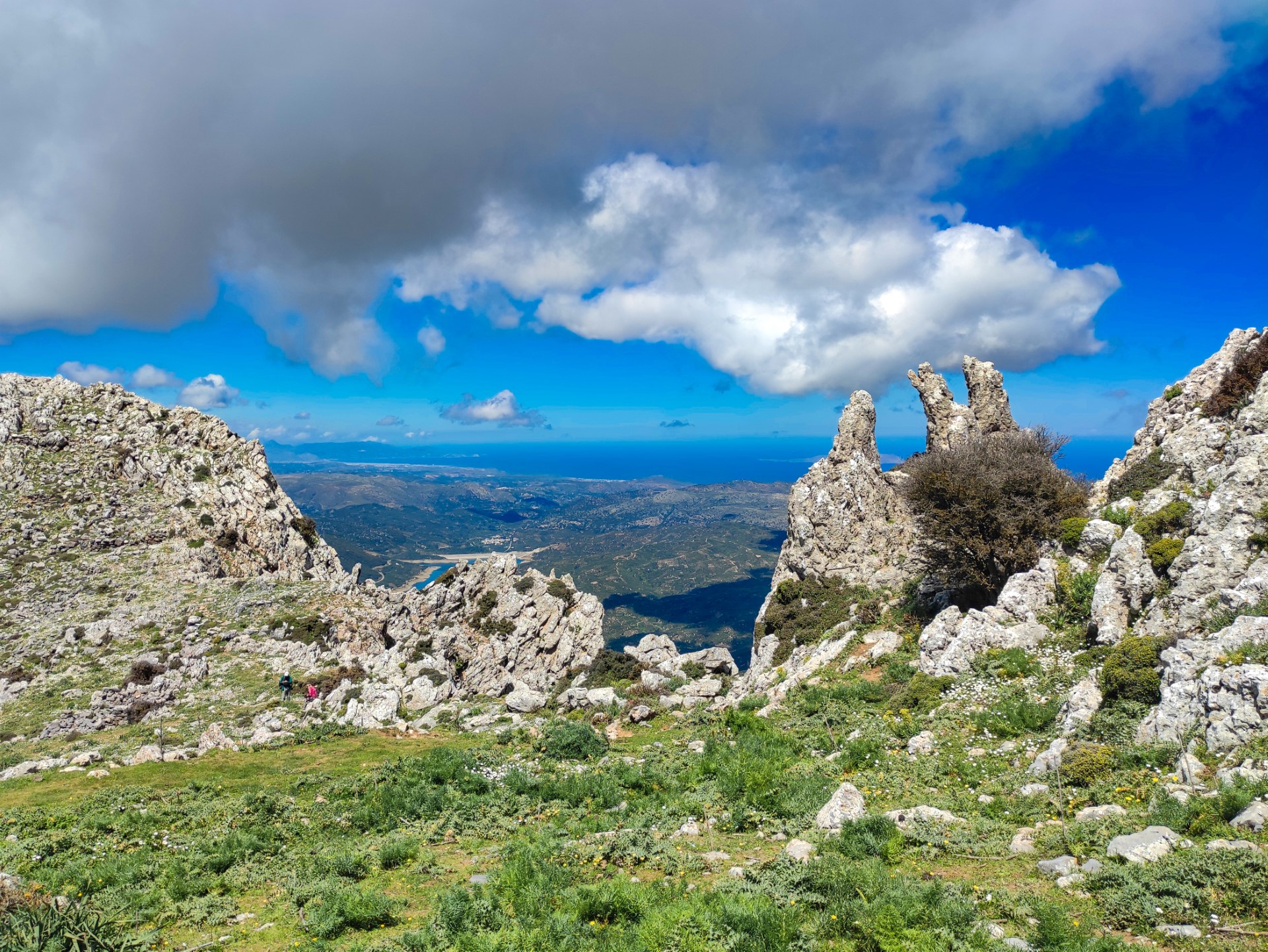
Finding the Keystone
There’s interesting reading in a HAARETZ story from January 2019 that deals with the Thule Society and the Nazi quest to find Atlantis. Author Noa Manheim brings to our attention what may have been the First Reich, a legendary land sunk under the sea because of its quest to conquer the world. Yes, the Nazis apparently tried to link the Minoans, Atlantis, and their theories of Aryan superiority. Occultist Nazis believed in something known as a Thule Atlantis. The Ahnenerbe project set out to prove that the Aryan race was descended from Nordic gods. Millions of Reichmarks were spent trying to find irrefutable archaeological proof of linkages from antiquity to Hitler’s ideologies.
In conclusion, there are less than a dozen known Eteocretan inscriptions, and none of them are complete. All the ones found so far come from the eastern half of Crete, from either Dreros or Praisos. The stolen ones from Dreros near Neopolis probably offer us the best chance of piecing together more about the mysterious Minoans. As for the last refuges of the fascinating Eteocretans, not much has been found at either Karphi or Vrokastro, the famous remote holdout towns in East Crete. The featured image of the terracotta goddess is one of the most significant finds at the Karphi refuge, from which it seems the Eteocretans disappeared.
The good news is that Crete is a huge island and a place where a new discovery comes to light almost every day. Given the vastness of the Keftiu Civilization at its apex, the chances of finding more of these scripts seem positive. Somewhere beneath the fertile soil of Greece’s biggest island lies the answer to the mystery of the Eteocretans. And when these puzzle pieces are found, then the voices of the mysterious Keftiu people will no longer be silent.
From the original at Argophilia News

